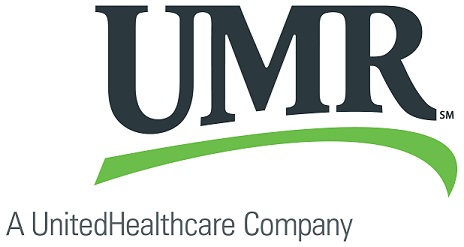Ohio Half Way House and Sober Living Homes
Halfway Houses & Sober Homes in Ohio
Long-term recovery has little to do with willpower and more to do with having support in each step of the journey. That’s why a sober home can be a critical component in achieving long-term recovery. Sober living, sometimes referred to as a sober home or halfway house, is one of the final stages of addiction treatment. There are several sober living homes in Columbus, Ohio to choose from after you complete treatment. Many of our clients choose to enter sober living while they continue with our outpatient treatment program.
What happens after someone leaves an Ohio detox center or treatment program and is left to fend for themselves? The prospect of re-entering daily life where familiar environments provide temptations and triggers for relapse can be a frightening thought. For those who need extra support while transitioning back into their normal daily routines, halfway houses provide a layer of accountability and peer support in those critical first months of sobriety.
Anyone who is new in recovery should actively utilize the life skills that were learned while in intensive inpatient rehab. Sober living fosters growth and utilization of life skills in an alcohol and drug-free environment. Those who live in these sober living houses generally can stay as long as they wish. Rent is often collected on a weekly basis and does not include a security deposit like a typical lease.
What is an Ohio Sober Living or Halfway House?
A halfway house is a residence which is alcohol and drug-free. They are often referred to as halfway houses because they are “halfway” between inpatient treatment and complete autonomy. This type of living environment is for those who have completed intensive inpatient treatment and are transitioning back into their normal lives and routines. While most of these homes are privately owned and will bill directly for services, this is not the case for all of them. There are some sober living facilities that will accept insurance payments or even Medicaid. Ultimately, the goal of sober halfway houses is to bring together people that are in various stages of recovery and offer each other support as well as hold each other accountable in their respective journeys.
How Does the Structure of an Ohio Sober Living House Help Someone Who Is In Recovery?
Sober living facilities are structured to be a supplement to the total recovery process. These types of living arrangements and environments have less supervision when compared to rehab, but still typically employ staff or a house manager. Staff or house managers conduct drug tests, enforce curfew, delegate chores, and check up on residents to see how they are doing.
Residents are also encouraged to avoid friends and family that may encourage them to use alcohol and drugs, particularly individuals with whom they have used drugs and/or alcohol in the past. Residents are usually required or strongly encouraged to attend meetings and actively work a 12-step recovery program. Many sober living homes in Ohio have 12-step meetings available in the house itself.
Finding a Sober Home in Ohio
Some programs have these halfway houses lined up for those who are willing to extend their care and live in a structured environment. At OARC, we typically recommend clients to enter a sober homes and continue outpatient treatment, but it is not required. Finding a halfway house in Ohio can be stressful – you want to know that the one you or your loved one are planning to enter is reputable. If you have any questions regarding sober home options in your area, please do not hesitate to contact our toll-free line at any time. Call us at 800-481-8457 to learn more about local sober home options in Ohio. We are happy to help you find one that matches your needs.
Keep in mind that a halfway house is not designed as a first line of defense. They are for people who completed rehab and now want to continue on the right path. Many sober homes will have a set of rules that one must meet prior to entering, including passing drug tests, breathalyzer tests, and may even require weeks or 30 days of sobriety before entering.












